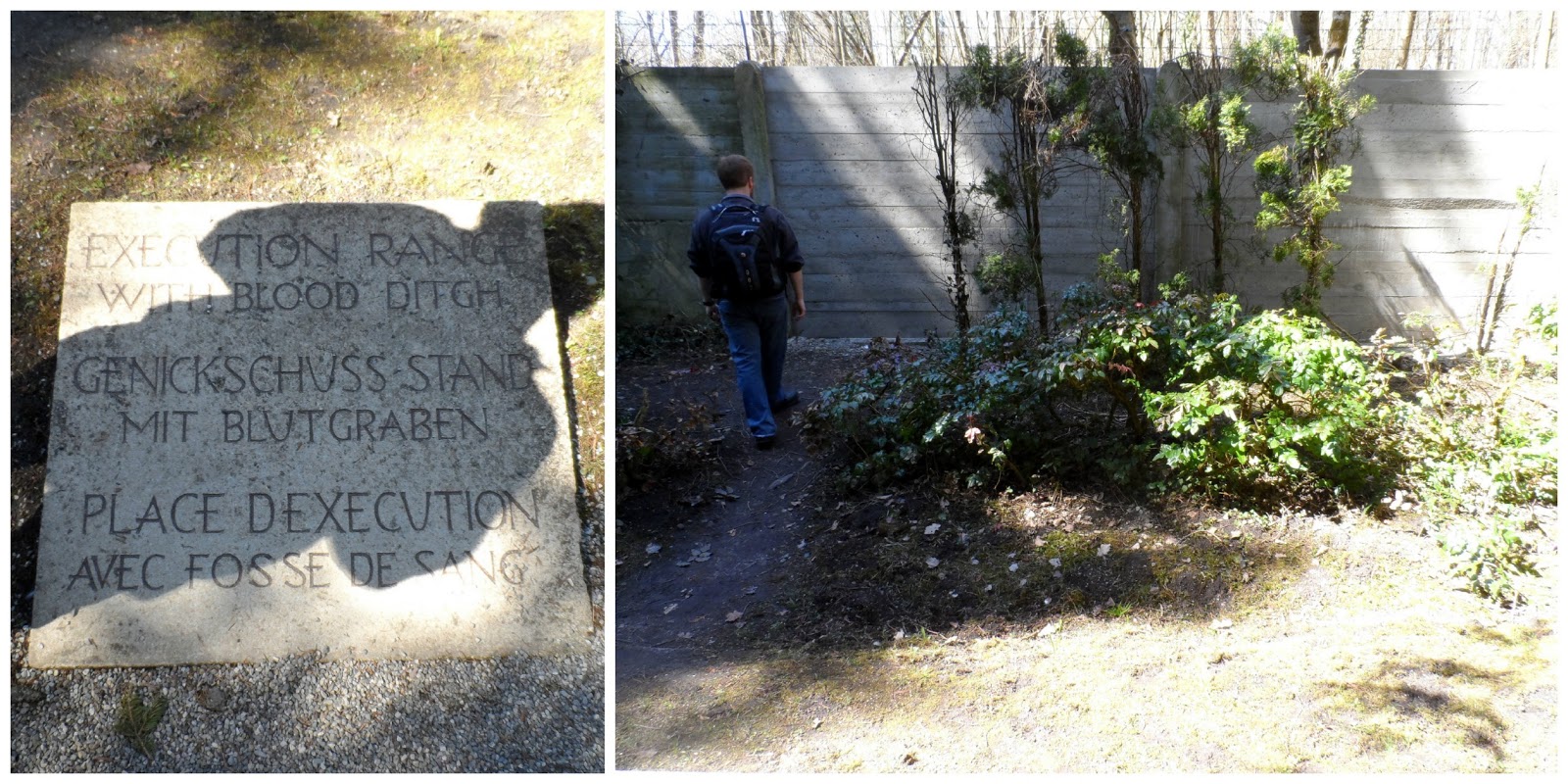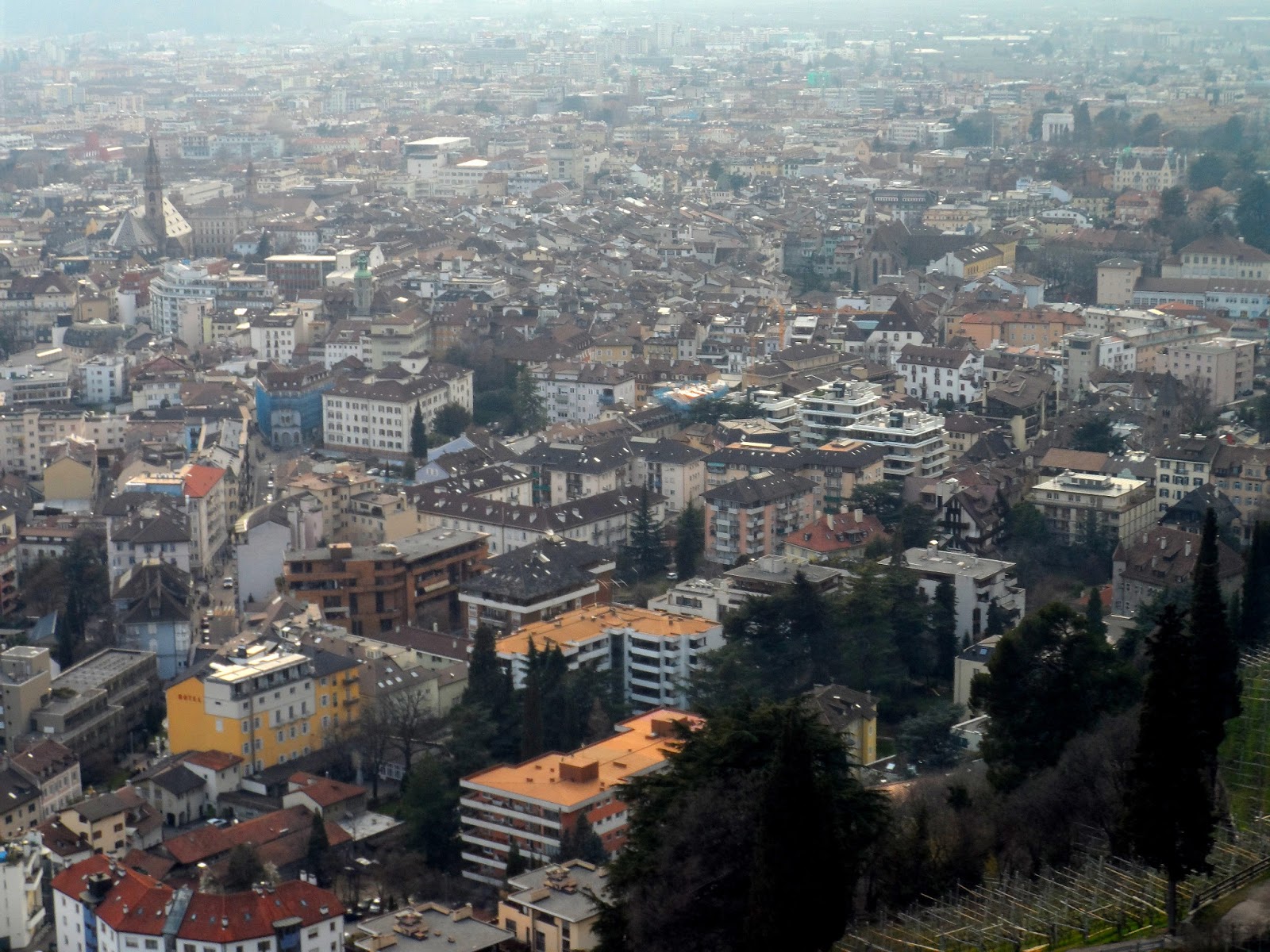On the train from Munich to Dachau, the knot in my stomach tightened. When Ben whispered, "These are probably the same train tracks..." I had been thinking the same thing. This past Sunday, we were able to visit Dachau and to leave. Seventy years ago, most riders on the same tracks did not have the choice.
*
General Facts
- The first concentration camp was set up in Dachau, Germany shortly after Hitler became the Reich Chancellor in 1933. Dachau served as the model for all additional camps built, and it was a training site for members of the SS.
- Jews, Jehovah's Witnesses, Sinti and Roma (European gypsies),
homosexuals, Soviet prisoners-of-war (POWs), priests, political
opponents, resistance fighters, and other people deemed as social
outcasts were imprisoned at Dachau. The majority of the prisoners came
from Poland.
- As originally built, Dachau did not have the capacity to house the number of prisoners eventually sent there. In 1937, prisoners were forced the enlarge the camp themselves.
- As the war progressed, more people were sent to Dachau, and the camp became grossly overcrowded. In addition to malnourishment, over-working, and the gas chamber, a typhus outbreak contributed to an estimate 32,000 deaths at Dachau during the twelve years the camp was in operation.
- When the crematorium at Dachau could not keep up, prisoners were sent to Hartheim Castle in Austria for execution.
- Dachau was liberated by American troops on April 29, 1945. Some 32,000 people were liberated.
These half-buried train tracks leading to the entrance of the concentration camp (Konzentrationslager, or KZ) were uncovered within the past ten years. They end as abruptly as they appear. The SS headquarters for the camp were located in the yellow building on the right side. Now, the building houses the local riot police.
Turning around, you see the entrance gate to the camp, which is called the Jourhaus.
The gate that met the prisoners as they entered the camp bears the words, "Arbeit macht frei."
Work makes you free.
Once prisoners entered the camp, they were processed in the maintenance building. The above collage depicts the
Shunt Room, or Schubraum. The incoming prisoners were separated from soldiers and German-speaking prisoners by the tables in the middle of the room. On desks like the one pictured on the right, prisoners who could speak German were tasked with writing down the names, birth dates, birth places, personal possessions and other pieces of personal data of each new prisoner. New arrivals left this room naked and proceeded to the showers.
The "bunker" was used as the camp jail. SS officers put defiant prisoners in the cells to separate them from influencing other prisoners, and for punishment, torture, or execution.
On the 70 degree day that we went to Dachau, this building felt absolutely freezing. I could not stay for more than a couple minutes, and I could not imagine it in the winter.
The foundations of the barracks that housed the prisoners are numbered and run down either side of the tree-lined walkway. The camp had 34 barracks, and as the war progressed, the camp became more overcrowded. A watchtower can be seen in the background. Prisoners were placed in the barracks according to their usefulness; the more useful the prisoners were, the closer they were placed to the roll call area at the center of the camp. Interesting note: one of the barracks functioned as a brothel. Female prisoners from a nearby camp were forced to work in the brothel to supposedly help increase the productivity of the prisoners at Dachau. It seems like there was no end to the degradation of the prisoners.
More posts are forthcoming.
























































